
Is PP synthetic paper adhesive material suitable for chemical drum labels?
PP synthetic paper adhesive material&dash& mdash; Many products in the chemical industry use chemical drums, such as lubricants, cleaning agents, paints, etc. Common chemical drums include plastic chemical drums and metal chemical drums. The label stickers attached to chemical drums are called chemical drum labels, also known as plastic chemical drums, iron drums, or metal chemical drums. We categorize the labels used on chemical drums into three types
Category 1: Plastic Chemical Barrel
It is a plastic bucket, box, bottle or cylinder made by blow molding or injection molding. The label paper attached to this plastic chemical drum is usually synthetic paper, which can be waterproof. It is not recommended to use copperplate paper. Note that if it is a small-diameter plastic bottle, the requirements will be higher because the veneer is curved and has a smaller surface area, unlike the synthetic paper labels used for large plastic barrels
Category 2: Metal Chemical Barrel
For example, petroleum and industrial paints. This metal chemical bucket has labels for PP synthetic paper and PET synthetic paper. If there is oil stains on the surface of the chemical drum, a strong adhesive oil resistant label is required
Three categories: Many people believe that there are still glass barrels
In fact, chemical products often use small glass bottles, but there are almost no large glass bottles or jars because they are fragile. What I want to talk about is the third type of chemical barrel, which is actually a chemical barrel with colored GHS compliance labels attached. It could be plastic or metal. Mainly because these products use dangerous products and cannot be treated like ordinary chemical products. The color GHS qualified label has its own standards, with fixed specifications, sizes, and colors that cannot be modified by any manufacturer. In addition to waterproofing, it should also prevent sunlight aging and acid-base corrosion. It can be displayed normally after long-term immersion in seawater environment
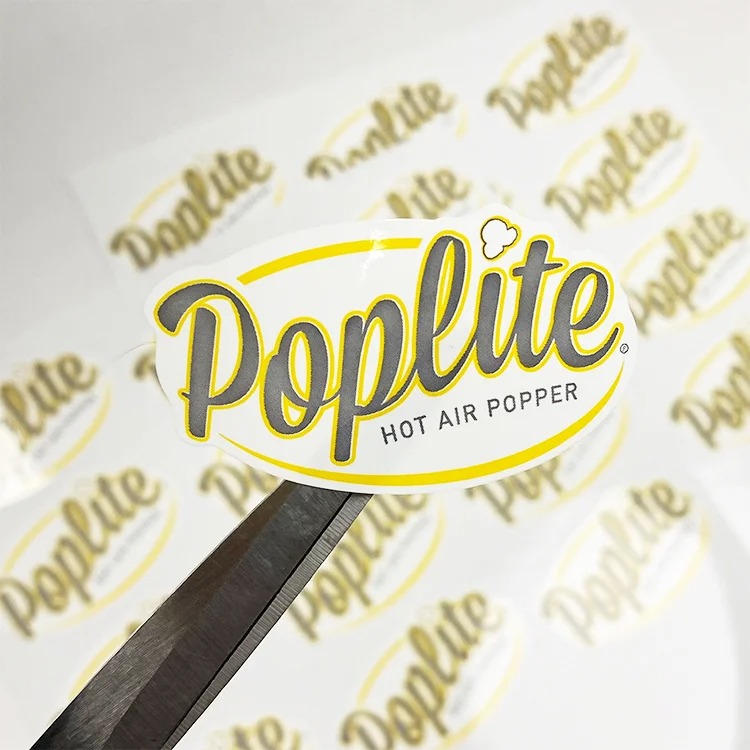
The difference between copperplate paper and regular paper in adhesive materials
The main difference between copperplate paper and regular paper in adhesive materials is their different uses, weights, and appearances. Simply put, the difference between the two is that copperplate paper has adhesive on both sides, while regular paper does not. The original paper that is similar to copperplate paper is uncoated copperplate paper
The actual difference between copperplate paper and regular paper in stickers
1、 The weight varies, with copperplate paper weighing around 100-450 grams and regular paper weighing around 180-300 grams
2、 The appearance is different, and the flatness and milky white color of copperplate paper are higher; The demand for regular paper is not that high
3、 The main uses are different. Copperplate paper is mainly used for printing color pages, advertising, packaging, etc. Copperplate paper has a unique coating that can package and print vibrant colors, while regular paper is generally used for book printing
4、 The processing technology is different. Copperplate paper is made by using bleached chemical wood pulp or partially bleached chemical straw pulp on a paper machine. Writing paper is made from bleached chemical paper pulp as raw material, copied by a long or round net machine, and polished

What is UL/CSA certification for adhesive materials?
What is UL/CSA certification for adhesive materials? What issues should be noted when printing
1. DUL/CSA label. Certified labels refer to label products that can withstand special conditions and ensure absolute information security on the label, such as installation instructions, power data, warning symbols, caution symbols, etc. The information on the label will involve the safety of the final product, requiring that this information be identifiable for a long time and retained on the product for a long time
2. UL/CSA label materials. UL/CSA label material certification refers to the quality certification of products produced by label material manufacturers, including the surface material of blank labels, point bonding for composite use, and surface composite materials. The processed label materials are sold in roll form to label processors for label production. When label processors use ULL/CSA label materials, they can receive discounts on the transfer of certified materials from the material manufacturer, and can directly produce UL/CSA certified label products using such materials
3. UL/(SA Ink. Ink is part of UL/CSA labels. The ink used by label processors is specified in the manual developed by ULCSA. Only these specific oils # can be used to print UL/CSA certified labels. Generally, material manufacturers must undergo UL/CSA testing for the ink used in certified materials and recommend qualified ink to label processors for reference. Label processors can use the ink recommended by tui and matching materials to directly organize production.
4. UL/CSA label processor. ULCSA label processor refers to a label processor that is qualified to produce one or several UL/CSA label products. The information of UL/CSA label manufacturers can be found in the corresponding manuals< br/>
The labels produced by ordinary label processors using UL/CSA certified materials and inks are not UL/CSA labels. Because the first regular label processor does not have the qualification to produce UL/CSA labels; Secondly, the materials and inks used may not necessarily match, and processors can purchase the above materials from different suppliers, such as printing materials and laminating materials purchased from both sources
UL/CSA label manufacturer. Obtaining UL/CSA label processing qualification means that the processor submits the certification documents of certified materials, inks, etc., as well as the label products printed using them, to the relevant UL/CSA agencies and submits an application. After passing the UI/CSA inspection, a production and processing qualification certificate for a certain label product will be issued to it. Label processors will use these materials to produce UL/CSA labels for customers on a fixed basis
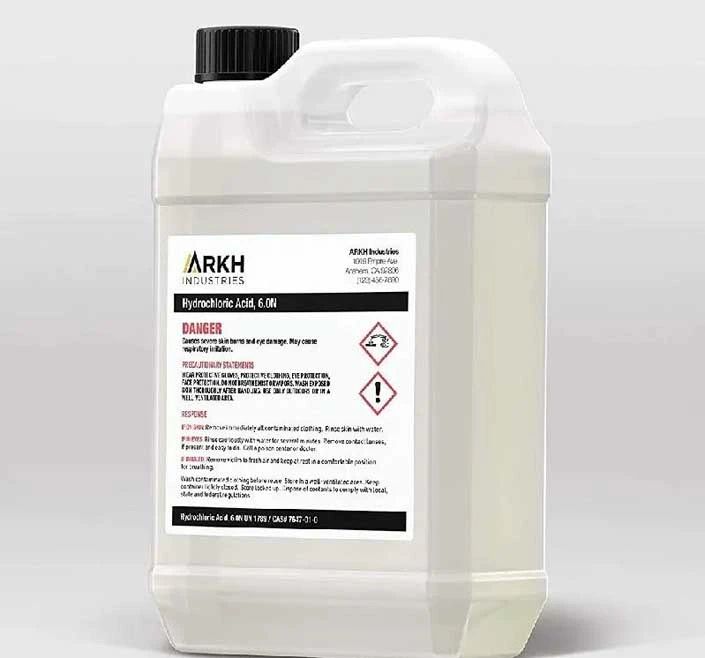
Is it appropriate to use PP synthetic paper adhesive material for chemical drum labels?
PP synthetic paper adhesive material&dash& mdash; Many products in the chemical industry use chemical drums, such as lubricants, cleaning agents, paints, etc. Common chemical drums include plastic chemical drums and metal chemical drums. The label stickers attached to chemical drums are called chemical drum labels, also known as plastic chemical drums, iron drums, or metal chemical drums. We categorize the labels used on chemical drums into three types
Category 1: Plastic chemical drums
It is a plastic bucket, box, bottle or cylinder made by blow molding or injection molding. The label paper attached to this plastic chemical drum is usually synthetic paper, which can be waterproof. It is not recommended to use copperplate paper. Note that if it is a small-diameter plastic bottle, the requirements will be higher because the veneer is curved and has a smaller surface area, unlike the synthetic paper labels used for large plastic barrels
The second category: metal chemical barrels
For example, petroleum and industrial paints. This metal chemical bucket has labels for PP synthetic paper and PET synthetic paper. If there is oil stains on the surface of the chemical drum, a strong adhesive oil resistant label is required
Category 3: Many people believe that there are still glass barrels
In fact, chemical products often use small glass bottles, but there are almost no large glass bottles or jars because they are fragile. What I want to talk about is the third type of chemical barrel, which is actually a chemical barrel with colored GHS compliance labels attached. It could be plastic or metal. Mainly because these products use dangerous products and cannot be treated like ordinary chemical products. The color GHS qualified label has its own standards, with fixed specifications, sizes, and colors that cannot be modified by any manufacturer. In addition to waterproofing, it should also prevent sunlight aging and acid-base corrosion. It can be displayed normally after long-term immersion in seawater environment
We offer comprehensive technical support, including free professional labeling solutions, advice on label materials and adhesive selection, as well as online/offline assistance from professional software and hardware engineers. Service email: andy@ownlikes.cn. In pre-sales, we leverage our extensive experience in specialty labeling projects to provide clients with the most suitable hardware solutions. Additionally, all our label barcode printers and scanners come with a three-year free warranty, demonstrating our confidence in our products.


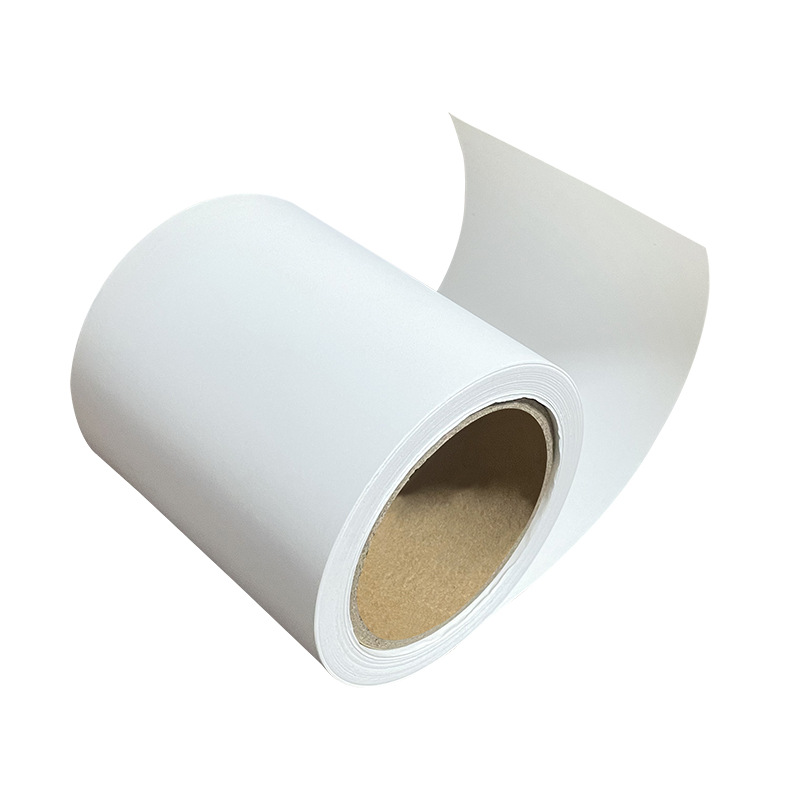
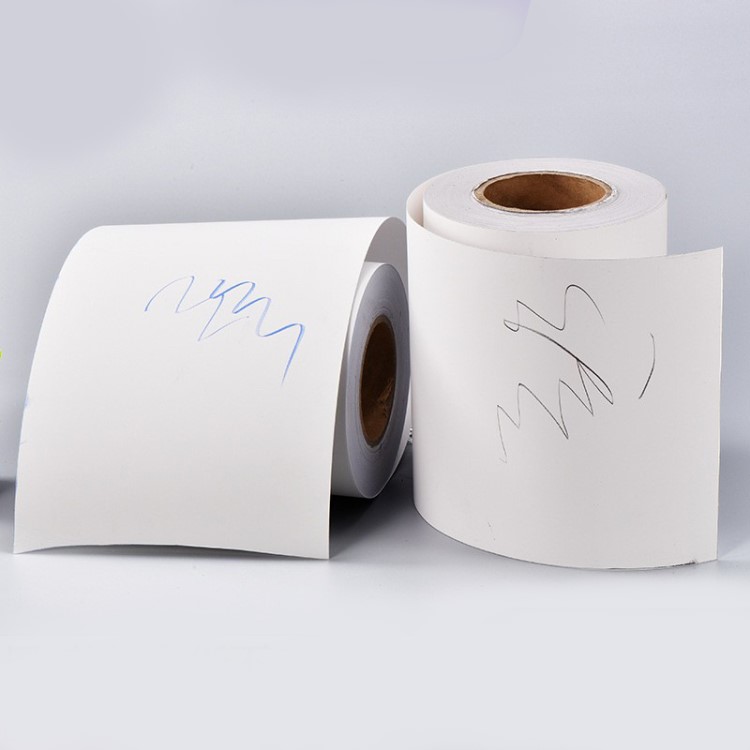
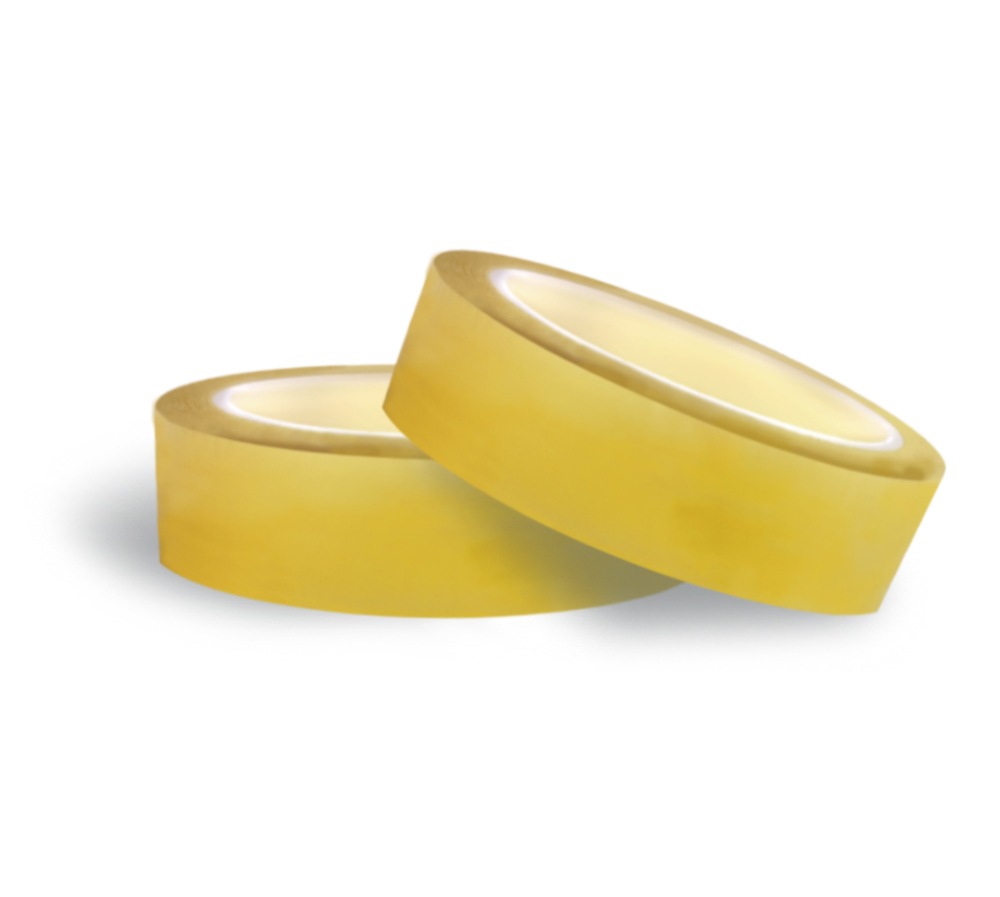
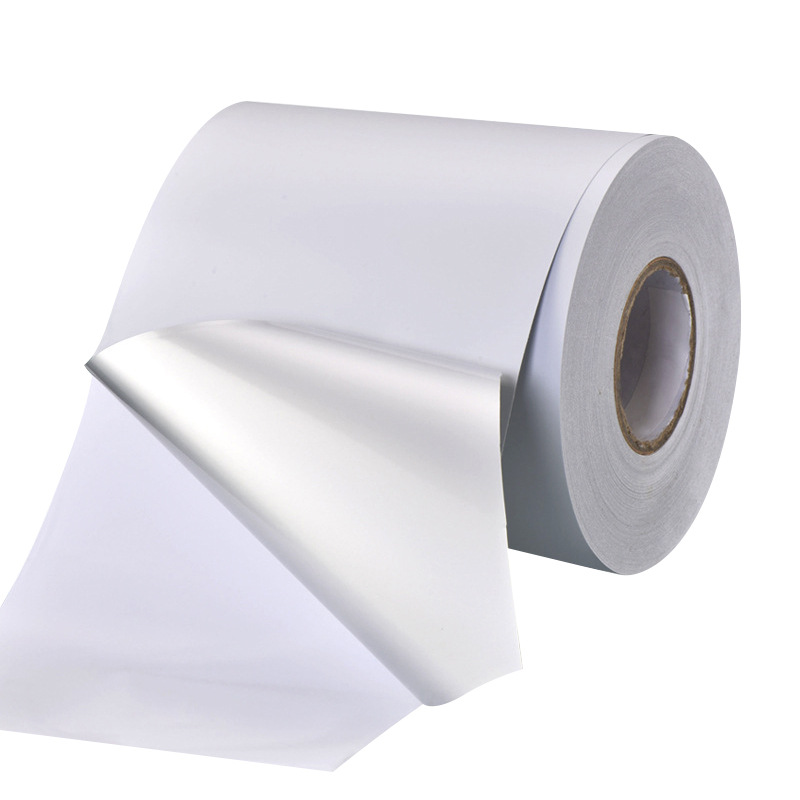
This site is protected by reCAPTCHA and the Google Privacy Policy and Terms of Service apply.